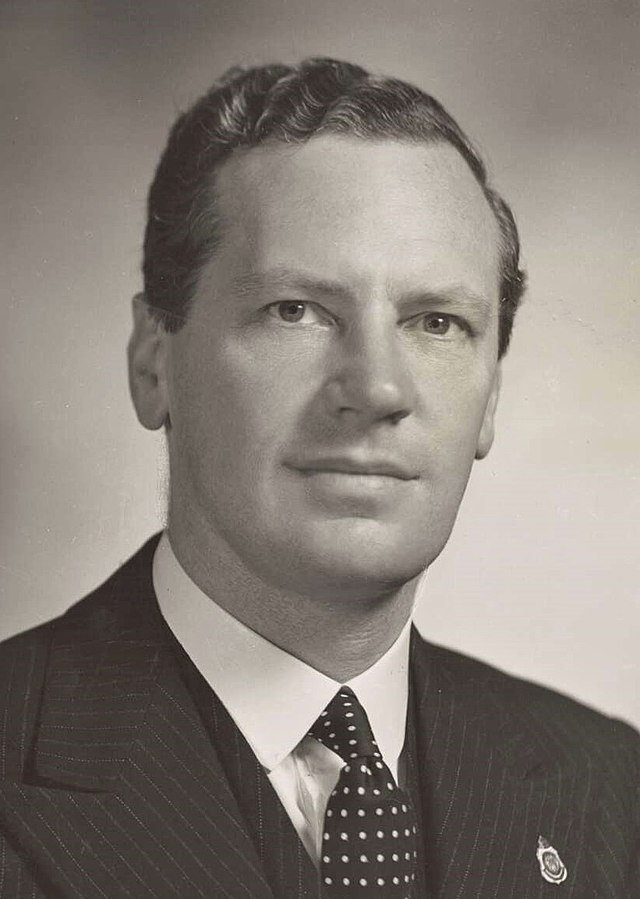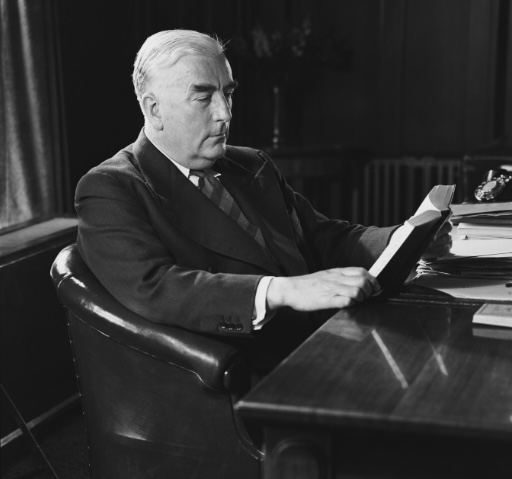On this day, 8 October 1958, the notorious ‘dictation test’ which had formed a cornerstone of the White Australia Policy is abolished as the Migration Act 1958 receives Royal Assent.
The test had originally been introduced as part of the 1901 Immigration Restriction Act, and required migrants to write 50 words in any European language, as dictated by an immigration officer. In practice, the test was deliberately used to discriminate against non-white migrants, who would be asked to use a highly obscure language which they had virtually no chance of transcribing. The device of the test was largely a response to pressure from the British Government, which ruled over a cosmopolitan Empire, and did not want Australia explicitly excluding racial categories; even though the test was clearly designed to have the same effect.
When the Menzies Government came to power in 1949 the White Australia Policy was still a matter of bipartisan agreement which the Liberals had committed to upholding, though the definition of a desirable migrant had been broadened to include all Europeans rather than explicitly the British, a change which Menzies had advocated for since early 1943. Despite this bipartisan agreement, there had been strong criticism of the harsh way in which Labor Minister for Immigration Arthur Calwell had been administering the White Australia Policy, with Menzies’s main election speech suggesting that ‘Nothing has done both the Policy and our relations with Asiatic countries more harm than some of the stupid and provocative decisions of the present Government’ and calling for ‘humane and commonsense ministration’ which would allow for discretion based on the circumstances of each individual case.
This push to make the administration of migration policy more humane and less rigid saw Menzies’s Minister for Immigration Harold Holt overturn Calwell’s decision to deport eight hundred Asian refugees who had remained in Australia after World War II, and also double the amount of Asians allowed to stay in Australia between 1950-1956. However, the real permanent legislative changes were introduced by Holt’s successor Alick Downer. He not only abolished the dictation test, but also established an independent Commissioner to check the minister’s discretionary power to deport people, ensured that deportees had greater legal rights and were directly informed of what law they had violated, and removed a restriction which prohibited Indigenous Australians from leaving the country without explicit governmental permission. In introducing the legislation, Downer highlighted his deep empathy for the way in which deportees had previously been treated, since he himself had spent time in incarnation in a Japanese POW camp, and he set up detention centres as a humane alternative to sending deportees to prison.
In his reforming endeavours, Downer did not have the luxury of working with bipartisan support in the manner which Menzies had offered Chifley when he expanded Australia’s immigration intake, as Opposition Leader H.V. Evatt argued that the dictation test should be maintained as a ‘backup’ option to be used when necessary. Policy shifts allowing highly-skilled non-Europeans to enter Australia as citizens and allowing the non-European spouses of Australians to become citizens, which directly watered-down White Australia, were also opposed by Labor.
During the Menzies era the White Australia Policy would also be eroded by the Colombo Plan, which saw large numbers of Asian students come to Australia to study. As Australians got used to seeing more diverse faces on their university campuses, and even got to know foreign students personally, this led to a significant breakdown in the prejudices and suspicions which underpinned White Australia. In particular, the policy had frequently been advocated on the basis that non-white labour would work for lower wages and therefore undercut white workers, but this new educated class proved that this was by no means inevitably the case.
While it should be noted that White Australia remained official policy for the duration of the Menzies Government, it is equally important to appreciate that the policy was a major shibboleth that was not going to be abolished overnight. However, the gradual liberalisation in Australia’s migration program, combined with cultural shifts, meant that Menzies’s successor Harold Holt could move on from the policy, levelling the playing field between Europeans and non-Europeans applying for citizenship and judging migrants on their ability to contribute to the nation rather than their racial characteristics.
Further Reading:
Paul Brown, ‘Alexander Downer’s Formative Family Policy Influences’, University of Wollongong PhD Thesis, 2021.
Sign up to our newsletter
Sign up for our monthly newsletter to hear the latest news and receive information about upcoming events.


